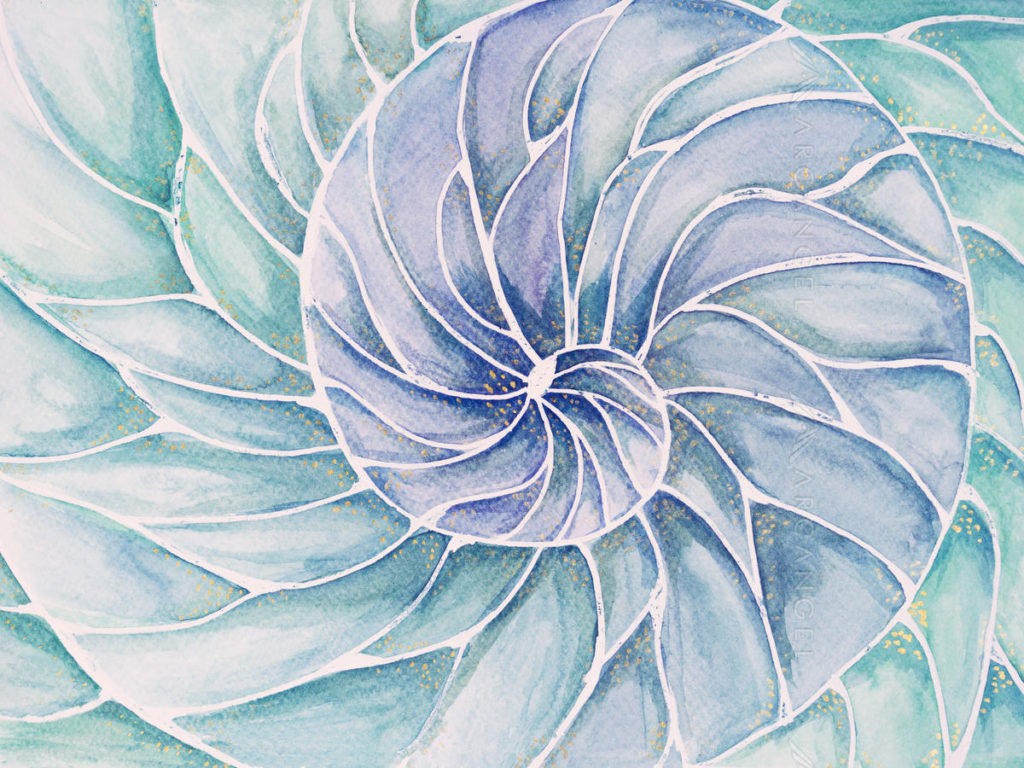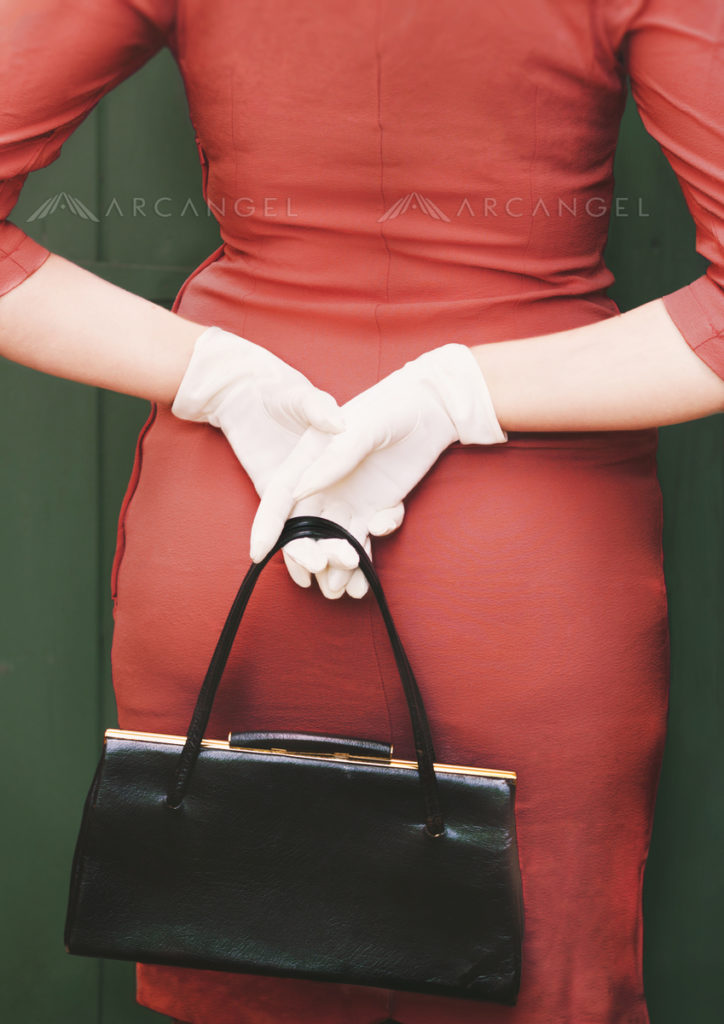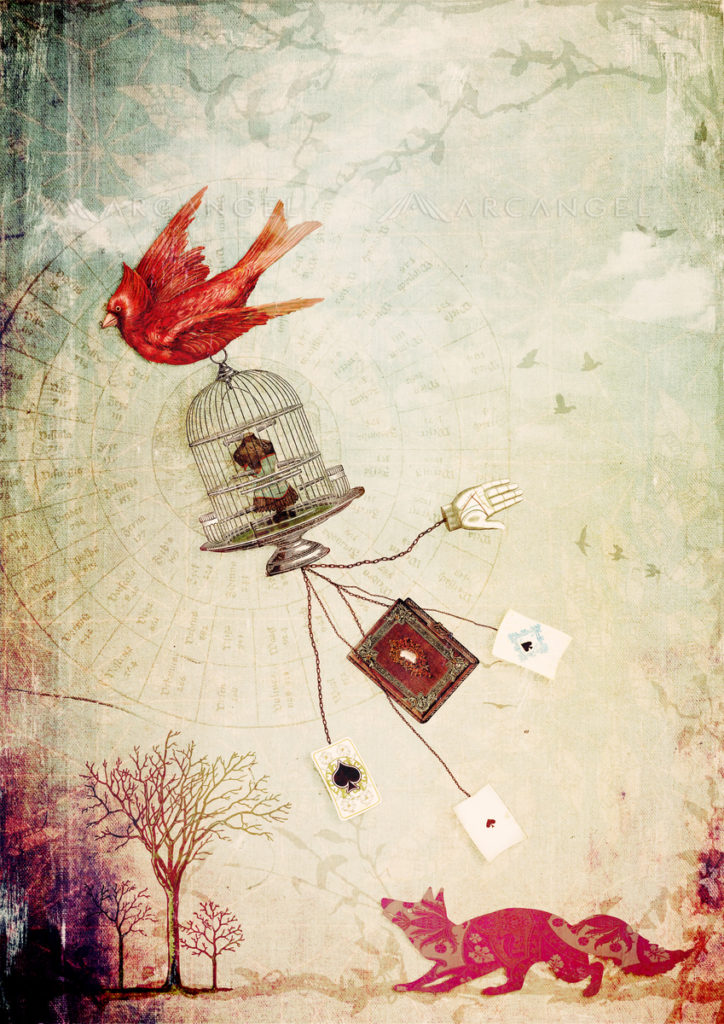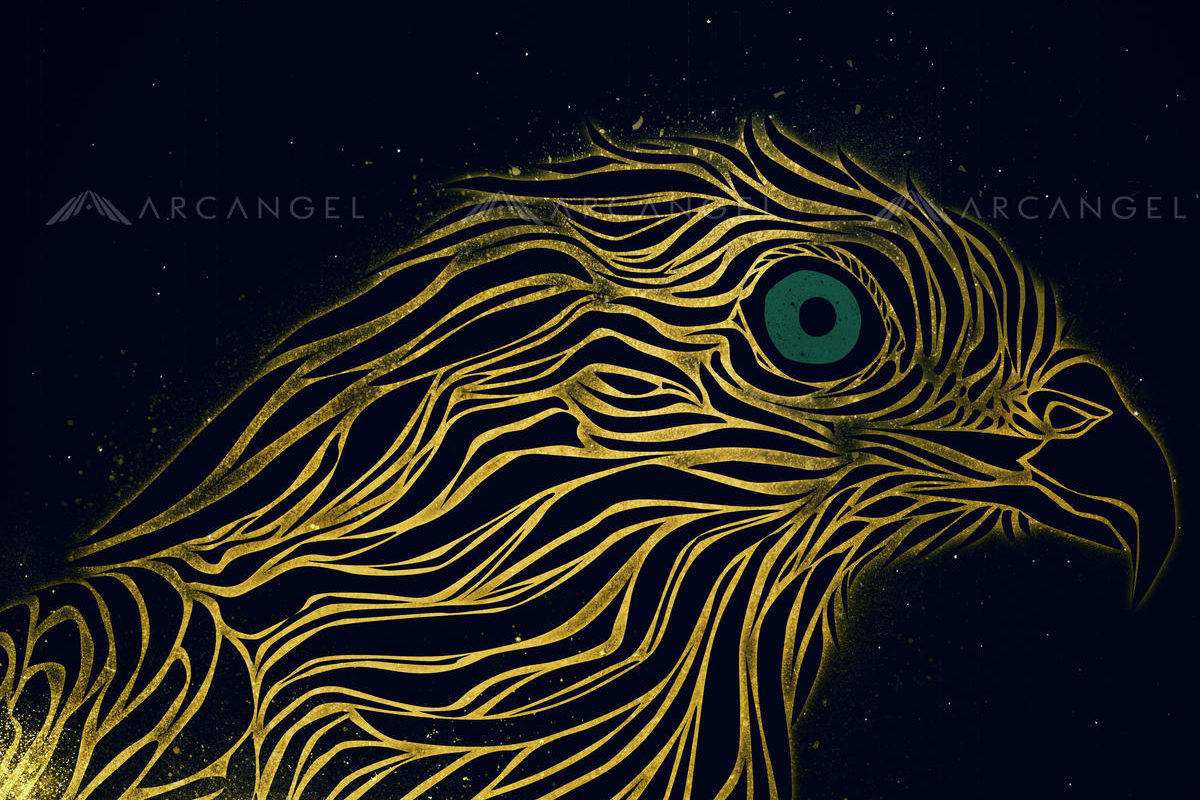Sybille Sterk: Contributor Interview
S1- Tell us a little bit about yourself.
I live in Cambridge with my partner and 2 black cats. Our son is currently away at uni. I came here almost 25 years ago from Germany for a visit and stayed.
2- Are you formally trained or self-taught? And what has been the best source of information along this journey (workshops, online forums, classroom, mentors, etc)?
I am mostly self-taught, although I had a couple of courses in Illustrator and Photoshop many years ago.
There is so much information online these days. I love videos like YouTube or Dave Wall’s tutorials for learning new things as I can actually see how it’s done, especially with new painting techniques or new ways of doing things. However, if I am in a hurry, written instructions will do. I used to be a technical translator/author when I first came to England so it comes naturally to me to follow step-by-step instructions, and it gets easier the more you learn, so fewer instructions are needed. I have at times signed up for classes, e.g. CreativeLive, or bought tutorials online so I could re-watch them.
Many of my friends are also artists or photographers so we help each other out as well.

3- Your work has evolved from photography to detailed illustrations. What was the process of this evolution? Did anything in particular drive you to branch out?
Actually, illustrations came first. I’ve been drawing since I was old enough to hold a crayon. I sold my first greeting card (a bunch of flowers drawn in felt pen) when I was nine. My nan had a printing business and sold it for me in her shop.
I branched out with illustrations on Arcangel when I realised that I could. Whilst I love photography, especially photo manipulation and the process of editing, illustrations give me more freedom to explore ideas.
Book covers often involve concepts, ideas, and emotions and that is often easier expressed in an illustration where everything you can imagine can be realised (usually).
4- What gives you ideas and inspires you to create such amazing imagery?
It’s just how my mind works. I think in pictures. Everything around me inspires me. I see an oddly shaped leaf on the ground and that will give me an idea, or watch something on TV, or someone says something or a song; it could be anything at all. My ideas usually grow from little things and evolve on paper, or screen as it were.
However, in both my photography and illustrations I have recurring themes: fairytales above all else, then hearts, hands, trees, balloons, astrology/astronomy, witchcraft, butterflies, birds and foxes, and vintage ephemera; these things seem to speak to me and often are part of my art.
I keep notes on my phone whenever an idea strikes, so I don’t forget about it. My mind is usually like a browser with 30 tabs open, so it’s easy to forget ideas.
5- You show a great variety of styles, from digital illustrations to 3D or watercolor images. What drives that? Which style you feel most comfortable with?
I love all the different styles, it’s more a matter of what is the best style to realise an idea. Some of my photography even includes crafted objects, from hearts to masks to origami to voodoo dolls. Like children, I love all styles equally.

AA1395454 
AA1224326
6- What is your process, when designing something? What are the steps you follow?
It depends on the idea.
If it’s a photographic idea I often collect the materials first (from costumes to objects). Sometimes it requires me to ‘make’ something. I’ve made birds nests in the past as well as crowns and once a mummy heart wrapped in bandages.
For an illustration I might look for reference images first or take my own, sometimes this will involve sketches on paper, sometimes I go straight to the computer. I also have a vast collection of public domain vintage ephemera that I can draw on. Each illustration is different.
For a watercolour illustration, I start with a sketch and some reference images if required.
Either way, once I’ve collected everything I need for the idea or finished the photograph/sketch/watercolour illustration I transfer it to the computer where I realise/edit it.
The editing process in my case starts by editing the photographs in Lightroom, then I take them into Photoshop. The process there often includes removing anything unwanted (in the case of photographs or photographs of watercolours), colour adjustments, adding textures and sometimes adding elements from other photographs or illustrations, vintage ephemera, or other sources.
For illustrations created on the computer, the process is different as I often do the illustration straight on the computer in Illustrator. Once the main parts are in place, I take it into Photoshop for further edits where I adjust or add colour and texture, and other elements as above.
There can be a lot of back and forth and some images can take a whole day just for the editing process.
7- Personal projects can be so beneficial to a photographer’s growth and creativity. Do you have any you’re working on right now?
It’s Autumn and the leaves are pretty colours. I try and do something different with leaves each and every year. I also just bought a ‘crystal ball’ to experiment with. There’s always something!
8- What do you think are the advantages of working in an agency, as opposed to freelancing, for an illustrator?
Most artists want to do art. Trying to sell your art, promoting, sorting out payment, licensing, or posting the art is a hassle that takes time away from creating. So, having an agency deal with most of that makes a huge difference, it also means as artists we get a better deal. It’s hard to keep up with what prices are currently acceptable or finding clients for your art. We usually just don’t have the contacts.
9- What do you think the challenges are for the stock illustration industry at the moment? What changes do you foresee over the next few years?
Audio and ebooks have in recent years become an everyday item. Most people have a tablet or an ebook reader, but covers still sell books so the images need to be eye-catching in either format – print or ebook – and sometimes that can be hard as often the images we first see of any ebook are pretty small. So, creative thinking is needed to make it work in either format.
I think that will also be part of the changes for the future. There will be more books sold in ebook formats and we need to adjust to that. I think it will continue and strengthen the trend for illustration and I think book cover artists will need to consider simpler imagery that is accessible even in smaller (thumbnail) sizes.
Click here to explore Sybille’s portfolio of work…



